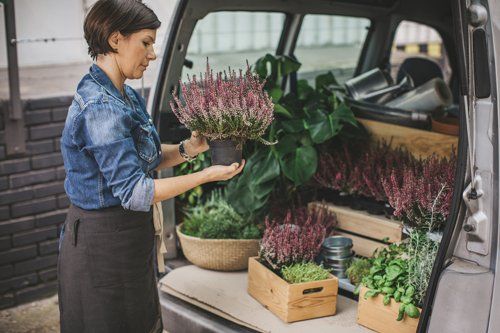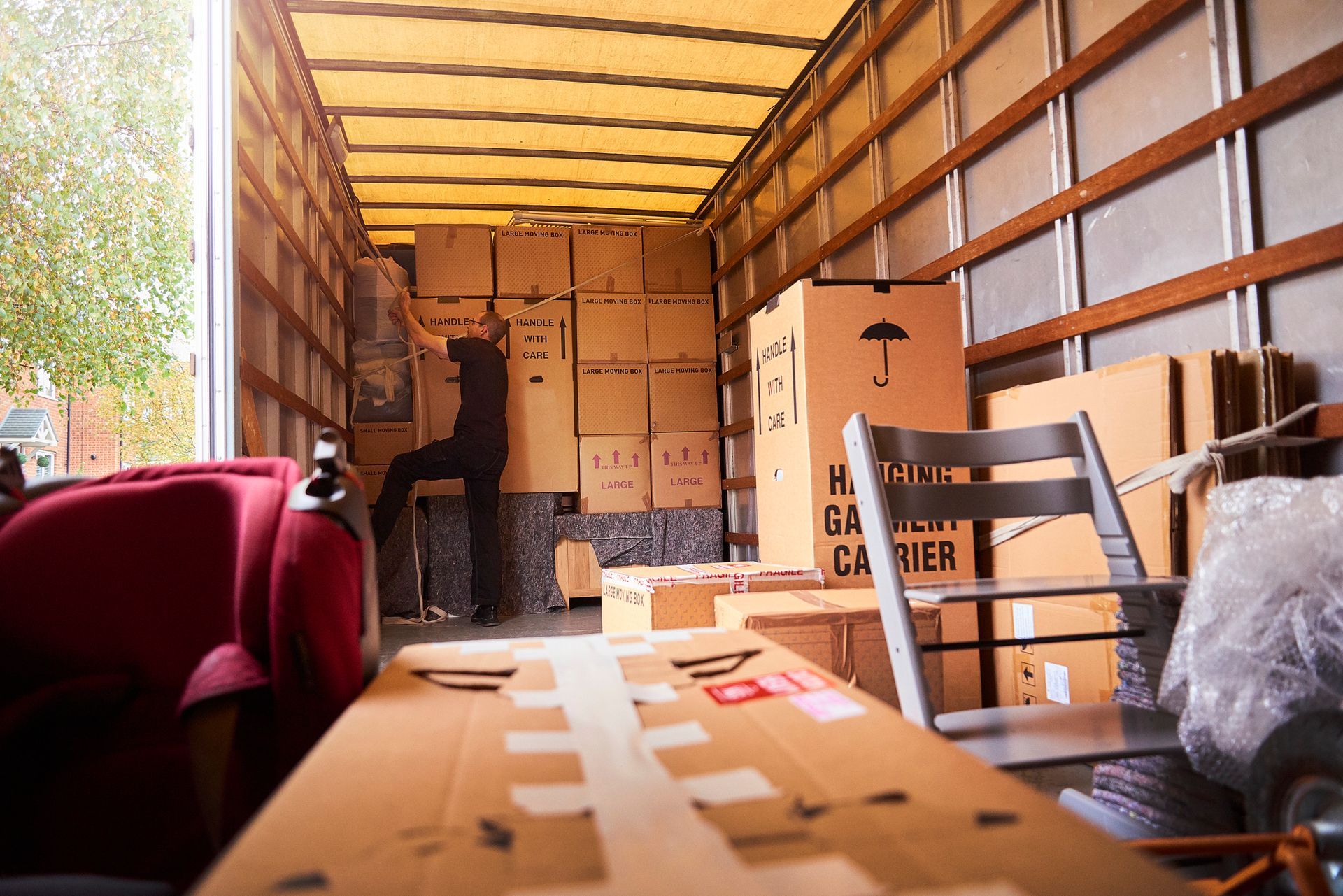Top 3 Factors to Consider When Transporting Plants
- By Admin
- •
- 02 Aug, 2021
- •

Planning a move? Congratulations! You are likely excited about your new place, but do you have an obstacle? How will you transport your plants, both indoor and outdoor plants?
Moving living things like plants and flowers is often tricky because they are highly dependent on natural elements like water and sunlight to survive. Additionally, if you transport them carelessly, they could die, bend, or get severely dehydrated.
Read about the three things you must consider before you transport your plants.
1. State Laws
If you move within the state, this factor won't affect you, but out-of-state transport requires that you adhere to state-mandated laws and guidelines. You have different laws to follow across border lines, which is why for you to move your plant to another state, you must get a plant inspection and certificate.
According to plant transportation restrictions, the USDA mandates that you take your plant to be inspected for the gypsy moth if you move from an infested to a non-infested area. The inspection will apply to all outdoor plants that may have exposure to the moth.
Also, read about the state regulations for states like Florida, California, and Arizona that are more stringent on plant transportation than other states.
Lastly, ensure that your indoor plants are in sterilized potting soil with the proper mix for your plant, including sand, loam, and peat.
2. Method of Packaging and Transportation
You can use many packaging materials to transport your home items, but with living things, be as delicate and precise as possible. Ideally, you can package your plant in a box, but the box should be broad and tall enough to fit the plant properly.
Other things to look into include:
- Space. You can trim any dead branches and leaves to minimize space.
- Weather. The summer heat can increase the temperatures inside the package boxes
- substantially.
- The number of plants. Plants should be in individual boxes, so think about the overall cost and space that will take.
- Ventilation. Punch a few holes in the boxes to add in air.
If you have fragile plants, you may want to move with the plant in your car rather than together with the other items. Also, don't transport the plants in your car trunk nor in the open. They're likely to have exposure to extreme temperatures like direct sunlight.
Lastly, don't compromise on the size of packing boxes. If you can't find the correct box height, find another way to pack the plant. Otherwise, your plants could bend or get damaged in transit since they're forced to settle in a tiny box. Moreover, the pots too could get damage like cracks, scratches, or even breakage.
3. Length of Travel
Again, plants are delicate organisms that need water, sunlight, and air to thrive. Therefore, consider how you'll keep the plant happy and hydrated if you plan to travel over long distances.
Before transportation, about three to four days prior, water down the plant to keep it moist. Plus, add newspapers to protect the foliage from strong winds and frostbite. However, if you know the travel is too long, then consider shipping the plants.
While you have regulations on shipping plants, they will arrive much faster than on the road transport. Note that with shipping, you must comply with applicable international and national phytosanitary regulations. Additionally, your plants must be pest-free and safe to ship.
Unfortunately, shipping may cost you an extra penny, but it will keep your plants alive.
Moving with plants can be hectic because the plants are delicate, they need stability during transportation, and the outdoors can be harsh on your plants. Consider these three tips above to ensure your move is smooth sailing.
For information about moving, contact us
today.

